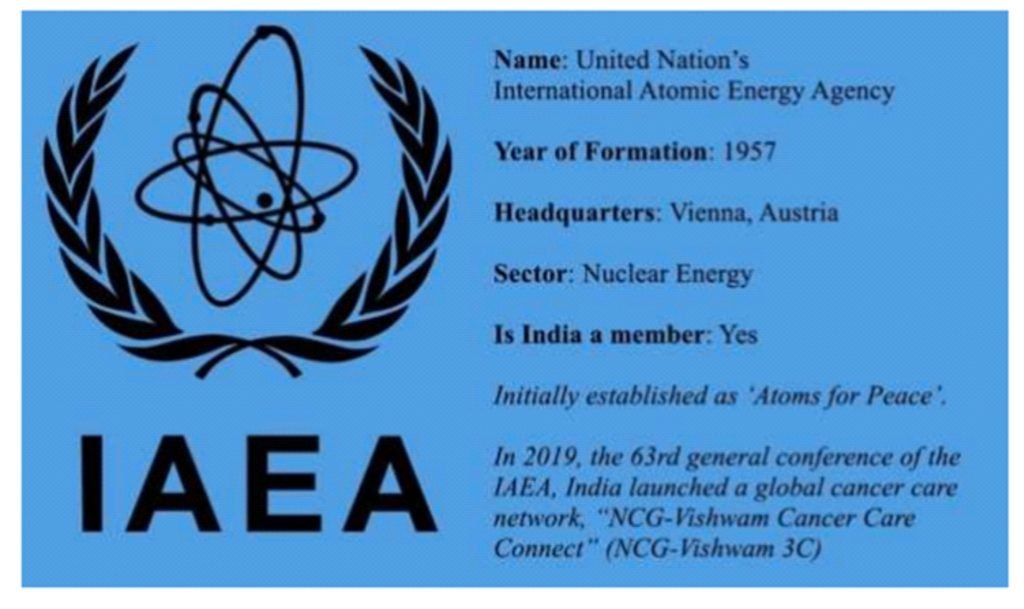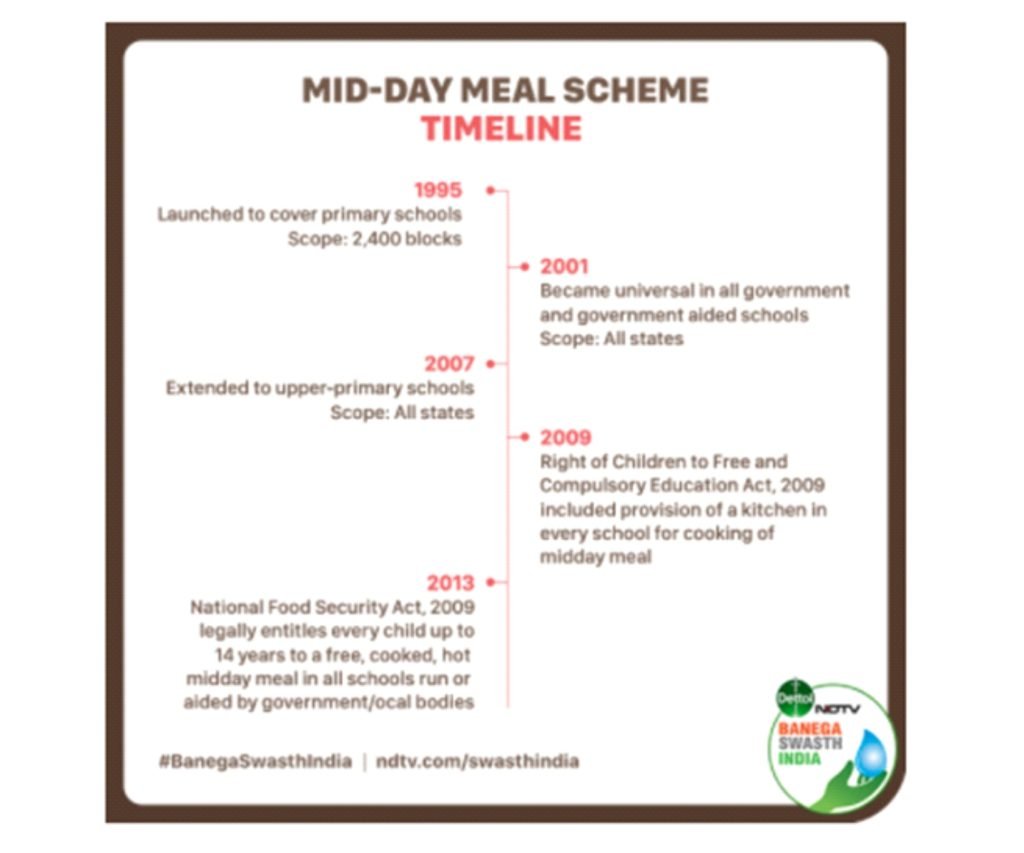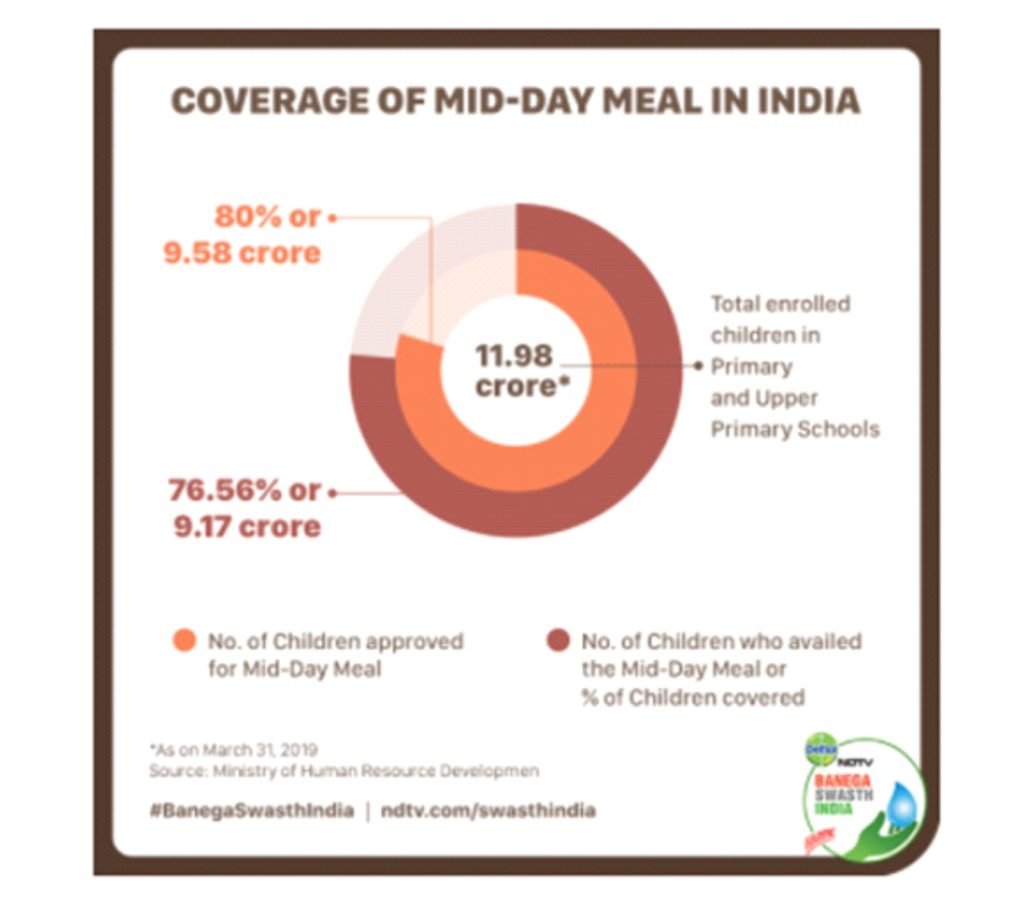International Energy Agency
Business Standard
GS 2: Important International Institutions
Context:
- International Energy Agency (IEA) has invited India, the world’s third-largest energy consumer, to become its full-time member.
- This proposal if accepted will require New Delhi to raise strategic oil reserves to 90 days requirement.
About:
- India in March 2017 became an associate member of the Paris-based body which advises industrialised nations on energy policies.
- In January this year, IEA members and India agreed to enter into a strategic partnership, strengthening their collaboration across a range of vital areas including energy security and clean energy transition.
- India is becoming increasingly influential in global energy trends.
- The country’s demand for energy is set to grow rapidly in the coming decades, with electricity use set to increase particularly fast.
- The country’s reliance on fuel imports makes further improving energy security a key priority for the Indian economy.
- IEA is made up of 30 member countries and eight associate nations.
- Four countries are seeking accession to full membership – Chile, Colombia, Israel and Lithuania.
- According to IEA, a member country must maintain “crude oil and/or product reserves equivalent to 90 days of the previous year’s net imports, to which the government has immediate access (even if it does not own them directly) and could be used to address disruptions to global oil supply.”
- India’s current strategic oil reserves equal 9.5 days of its requirement.
- Also, a member of IEA has to show “a demand restraint programme to reduce national oil consumption by up to 10%.”
- India has the fastest-growing energy market in the world.
- Given that over 75% of the world’s energy consumption comes under the IEA umbrella, the association with the IEA will substantially increase India’s relevance in global energy governance.
- The IEA can encourage financial institutions to support India’s energy, particularly, its solar energy programme.


Update Climate Goals
The Hindu
GS 3: Environment and Conservation
GS 2: International Relations
Context:
- Recently, British urged India to announce a more ambitious Nationally Determined Contribution (NDC) ahead of a United Nations climate change summit in the UK in a few weeks.
- Both countries also raised the issue of vaccine certifications and the situation in Afghanistan.
- The Prime Minister announced India’s commitment to climate action, as evidenced by its ambitious goal of expanding renewable energy and the recently announced national hydrogen mission.
Covishield recognition:
- The U.K. agreed to recognise Indian-administered Covishield and waived the need for nationals from India and 36 other countries to undertake home quarantines as long as they are vaccinated.
- However, the U.K. does not yet recognise Covaxin, which is awaiting clearances from the World Health Organization.
- The leaders also talked about Afghanistan. In this context, they agreed on the need to develop a common international perspective on issues regarding extremism and terrorism, as well as the Human Rights and rights of women and minorities.
Updating NDC:
- 193 countries filed their first NDCs, but only 19 have so far updated them.
- India is already the world leader (s) in renewable technologies and expressed his hope that they will commit to a more ambitious Nationally Determined Contribution (NDC) and achieve net emissions.
- India filed its first NDC in 2016, committing at the time to cut emissions by 33% by 2030 (from 2005 levels) and to ensure that about 40% of its installed power capacity comes from renewable energy, targets that the government says it is on track to reach.
- However, the U.K. and the U.S. have been asking India to do more in terms of declaring its second NDC, which includes India’s promise of installing 450 GW of renewable energy by 2030, and to declare firm deadlines for achieving Net Zero carbon emissions and ending the use of coal for generating electricity, so as to keep global warming below 1.5 degrees Celsius.
Review Daily Cooking Cost of Mid-day Meals
Indian Express
GS 2: Social sector, Health
Context:
- The committee will soon be notified by the Union Ministry of Education to review the daily cooking cost of mid-day meals served under the PM-Poshan scheme.
- The decision was taken after the Finance Ministry altered the system of annual revision based on consumer price index.
About:
- Cooking cost gets the largest allocation among the components of the mid-day meal programme.
- Cooking cost includes the prices of ingredients such as pulses, salt, vegetables, condiments, and fuel needed to prepare cooked meals.
- Currently, the daily cooking cost per child in primary (classes 1-5) and upper primary (classes 6-8) is Rs 4.97 and Rs 7.45 respectively.
- Apart from chalking out a new cooking cost, and revising the methodology, the committee will look into the actual consumption of pulses and vegetables.
- The numbers related to cereal consumption are available since the Centre makes the entire allocation.
- The Centre’s note to the states and UTs makes it clear that no additional budgetary allocation will be made under the scheme which covers 11.80 crore children in classes 1 to 8.
- It has conveyed that they will have the flexibility to create “any new intervention and increase/decrease any norm in the scheme within the approved outlay”.
Why its needed?
- The decision also assumes significance in the light of demands by food rights campaigners and development economists to raise the “inadequate” allocation per child.
- In 2021-22, out of its total allocation of Rs 10,233 crore for PM-Poshan, the Ministry of Education has set aside Rs 7,412 crore for cooking cost alone.
- The existing allocation is grossly inadequate. Any sensible committee will recommend that it be raised and indexed to inflation. And any sensible government will accept and implement the recommendations.
- The total allocation for mid-day meal is nominally lower in 2021-22 as compared to that of 2014-15.
- If one takes inflation into account, the outlay should have increased. There may have been a drop in the population of younger age groups due to dip in the fertility rate, or on account of children moving to private schools, but the budget cut still does not make sense
Committee:
- Department of School Education and Literacy will form a committee of experts to review the components of cooking cost, formula and methodology of its revision, actual consumption, coverage etc.
- The Centre shares the daily allocation per child with states and Union Territories while contributing 100% in UTs without legislature.
- States and UTs that supplement the meals with additional items such as milk and eggs contribute more.


Sainik Schools
PIB
Prelims Fact
Context:
- Union Cabinet approves affiliation of 100 Schools in Government and private sector with Sainik School Society, Ministry of Defence.
About:
- To leverage the experience of administering 33 Sainik Schools across the country, it has been decided to set up 100 new affiliated Sainik Schools by inviting proposals from Government/ Private Schools /NGOs to apply for affiliation of existing or new Schools to the Sainik Schools Society.
- The scheme will leverage Public/private partnership in education sector, help tap into existing infrastructure available with reputed private and Govt. Schools and open-up new capacities to meet the growing aspirations of children desirous of receiving education in a Sainik School environment.
- Beginning from the academic year 2022-23 approximately 5,000 students are expected to receive admission in class VI in such 100 affiliated Schools. At present the existing 33 Sainik Schools have admission capacity of approximately 3,000 students in class VI.
AMRUT 2.0
PIB
Prelims Fact
Context:
- The Union Cabinet approved the Atal Mission for Rejuvenation and Urban Transformation 2.0 (AMRUT 2.0) till 2025-26, as a step towards AatmaNirbhar Bharat and with aim of making the cities ‘water secure’ and ‘self-sustainable’ through circular economy of water.
About:
- AMRUT 2.0, targets universal coverage of water supply by providing household tap connections in all 4,378 statutory towns. 100% coverage of household sewerage/ septage management in 500 AMRUT cities is other objective.
- Mission targets to provide 2.68 crore tap connections and 2.64 crore sewer/ septage connections to achieve the intended outcomes.
- Total indicative outlay for AMRUT 2.0 is ₹ 2,77,000 crore including central share of ₹76,760 crore for five years from FY 2021-22 to FY 2025-26.
- The projects will be geo-tagged.
- Cities will assess their water sources, consumption, future requirement and water losses through a city water balance plan. Based on this, city water action plans will be prepared which will be summed up as State Water Action Plan and will be approved by the Ministry of Housing and Urban affairs.
- The funds for the projects will be shared by Centre, State and ULBs. Central funds will be released to the States in three tranches based on allocation to the State as per State Water Action Plan.

